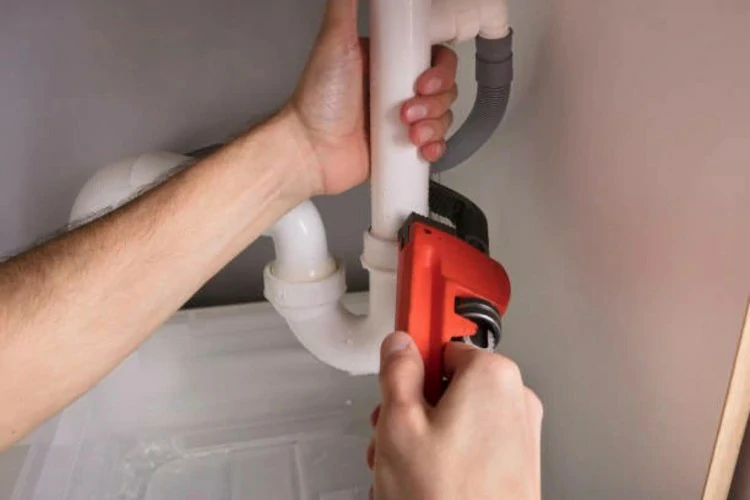Introduction
PPR pipeline, also known as polypropylene random copolymer pipe, has seen widespread use in the field of construction and engineering in recent years as a new plastic pipe. Its advantages over traditional pipeline systems, especially in terms of environmental protection, durability and economic practicality, make it popular. This article explores the features, benefits, and application scenarios of PPR pipelines, as well as some drawbacks to consider.
What is PPR Pipeline
PPR, or polypropylene random copolymer, is a type of plastic pipe that has been increasing in popularity in recent years and offers numerous advantages over traditional pipe systems. Thermoplastic polymers are used to make PPR pipeline and accessories, which are widely praised for their durability, ease of installation, insulation, and affordability.
Advantages of PPR piping
Environmentally friendly, non-toxic and hygienic polyolefin materials are a reliable polymer whose molecules contain only carbon and hydrogen atoms.
Temperature resistance up to 95℃, long-term use temperature up to 60℃. This allows PPR pipeline to meet design standards for building water and drainage and to provide better insulation.
They resist corrosion and have excellent durability.
Long service life. Normally, the life of the pipeline system can reach 50-100 years.
PPR pipes are very lightweight and easy to transport from one place to another.
Disadvantages of PPR pipeline
They are able to withstand high temperatures, but are not suitable for long-term use at temperatures above 60°C. Each component has a specific length and cannot undergo bending during construction. When laying the pipeline over long distances or with multiple corners, construction requires a large number of connectors.
PPR pipeline for hot and cold water
The professional name of ppr pipeline is ppr hot and cold water pipe. In general, there are obvious differences between cold water pipes and hot water pipes in purchase and practical application. There is usually a blue line on the cold water pipe for the cold water system of the building, which is suitable for the case of a good ambient temperature, so the thickness of the cold water pipe is relatively thin and is not suitable for use as a hot water pipe. The red line on the ppr hot water pipe indicates that the pipe is suitable for cold and hot water, and the pipe is thicker. For example, the 20-caliber hot water pipe begins at 20*2.8mm, and as engineering requirements evolve, it typically serves as the main pipeline for residential water supply in actual projects.
Conclusion
PPR pipeline, as an innovative pipe material, shows great potential in the field of modern architecture and engineering. Its environmental friendliness, durability, and ease of installation make PPR pipes crucial in various fields like hot and cold water supply, sanitation, water treatment, and industrial systems. Despite limitations like the inability to withstand prolonged high temperatures over 60°C and the requirement for specialized installation tools, PPR pipes remain a top choice for many projects. As technology advances and application experience grows, experts foresee further enhancement and expansion of the PPR pipeline’s application scope in construction and engineering.
Contact
With 30 years of experience, IFAN is a specialist manufacturer specializing in the production of high quality plastic pipes, fittings and valves. Our products cover copper valves, PPR valves and various pipes and fittings to meet different customer needs. No matter what your needs are for plumbing or valves, IFAN offers a wide range of cost-effective products to support your project. Below is our contact information.
We will reply your email or fax within 24 hours.
You can call us at any time if there is any question on our production.
For more information,pls visit our webside https://www.ifanplus.com/
Pls Mailto: [email protected]






